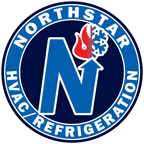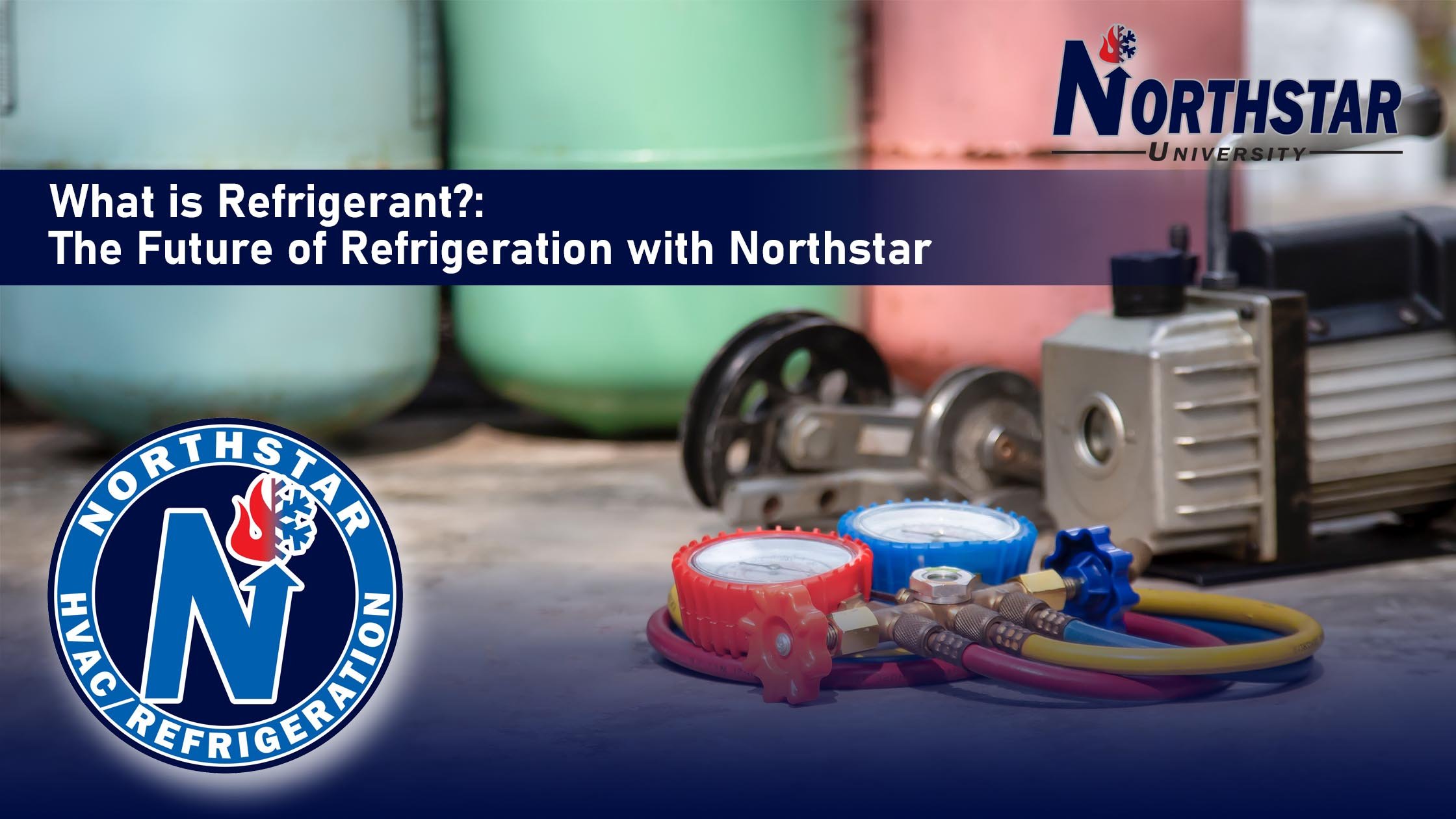What is Refrigerant? The Future of Refrigeration with Northstar
Written by Ed Rice
Refrigerant is a substance used in HVAC and refrigeration systems to absorb and release heat, enabling the cooling and freezing processes. It cycles through liquid and gas states to transfer heat effectively. There are various types of refrigerants, each with unique properties and environmental impacts.
Types of Refrigerants
Synthetic Refrigerants:
CFCs (Chlorofluorocarbons)
Examples: R-11, R-12, R-502
Properties: High ozone depletion potential (ODP) and high global warming potential (GWP). Phased out due to environmental concerns.
HCFCs (Hydrochlorofluorocarbons)
Examples: R-22, R-123
Properties: Lower ODP than CFCs but still significant GWP. Transitional refrigerants being phased out under the Montreal Protocol.
HFCs (Hydrofluorocarbons)
Examples: R-134a, R-410A, R-404A
Properties: No ODP but high GWP. Widely used in residential, commercial, and industrial applications. Subject to phasedown under the Kigali Amendment.
HFOs (Hydrofluoroolefins)
Examples: R-1234yf, R-1234ze
Properties: Low GWP and no ODP. Emerging as replacements for HFCs in various applications due to their environmental benefits.
Natural Refrigerants:
Ammonia (R-717)
Properties: Efficient, zero GWP, commonly used in industrial applications.
Carbon Dioxide (R-744)
Properties: Zero GWP, used in commercial and industrial refrigeration.
Hydrocarbons (Propane R-290, Isobutane R-600a)
Properties: Low GWP, used in small applications.
Choosing Synthetic vs. Natural Refrigerants
Synthetic Refrigerants:
When to Use: Typically used in residential and commercial systems due to established infrastructure and safety considerations.
Why to Use: Easier to handle, widely available, and suitable for a range of applications.
Natural Refrigerants:
When to Use: Preferred in industrial applications and where environmental impact is a primary concern.
Why to Use: Environmentally friendly with zero or very low GWP, highly efficient but may require specific safety measures due to toxicity or flammability.
The Future of Refrigeration with Northstar
At Northstar Refrigeration, we are dedicated to leading the industry towards a future that prioritizes efficiency, sustainability, and a reduced carbon footprint.
Efficiency
Modern Systems: We leverage advanced refrigerants and system designs to enhance energy efficiency. This means lower operational costs and better cooling performance for our clients.
Preventative Maintenance: Regular maintenance ensures systems run at peak efficiency, reducing energy consumption and extending equipment life.
Sustainability
Low-GWP Refrigerants: We prioritize refrigerants with low global warming potential, such as HFOs and natural refrigerants, to minimize environmental impact.
Regulatory Compliance: Our solutions comply with the latest environmental regulations, helping clients meet sustainability goals.
Reducing Carbon Footprint
Eco-Friendly Practices: By transitioning to eco-friendly refrigerants and optimizing system performance, we significantly reduce carbon emissions.
Innovative Solutions: Our innovative approaches in design and maintenance help clients achieve a smaller carbon footprint, contributing to global efforts in combating climate change.
Conclusion
Understanding refrigerants and their impact is crucial for advancing refrigeration technology. At Northstar Refrigeration, we are committed to providing efficient, sustainable, and environmentally friendly solutions. For more information or to discuss your refrigeration needs, contact us at (508) 888-3692. We are here to help you achieve your cooling and sustainability goals.
(508) 888-3692
www.northstarhvacr.com
Edward Rice
Director of Marketing
Northstar Refrigeration, Inc.
95 Camelot Drive, Unit 1 | Plymouth, MA 02360
erice@northstarhvacr.com | www.northstarhvacr.com
p: (508) 888-3692 x115 |
m: (508) 561-8638



